To understand why vets and farmers use metabolics, it helps to know more about New Zealand milk production and the transition period.
Dairy cows are the Olympic athletes of milk production. Over many generations, they’ve been bred to provide milk for the human diet in quantities far exceeding those required to rear a calf.
To achieve this, cows must deliver a calf annually and in New Zealand this is usually timed to occur just before spring. This is to gain maximum advantage from the availability of nutrient-rich pasture.
At this time, cows are undergoing a lot of change. Cows are transitioning from being pregnant to non-pregnant, dry (non-lactating) to milking and from a low to a high level of feed intake; the transition period.
Careful management is required to ensure they transition well. This involves ensuring cows achieve recommended body condition at the end of the previous lactation (drying off), adequate nutrition through the dry period, careful transitioning of the diet and availability of minerals at appropriate times.
Despite these efforts, many cows will still develop metabolic problems.
The hidden cost of milk fever
Milk fever is a sudden fall in the amount of calcium available in the blood. It commonly occurs within a few hours of calving due to the demands of milk production.
Cows become more susceptible as they age and have a reduced capacity for mobilising calcium from their bones.
Clinical vs subclinical
Subclinical milk fever can affect 40-50% of cows calving in dairy herds, compared to 2-5%(1,2,3) for clinical milk fever. That means the majority of cows affected are the ones you can’t see.
The physiological effects of low calcium
Because of calcium’s role in muscle function, telltale signs of milk fever include trembling, weak, staggery movements and inability to stand (down cow). Digestive, respiratory, circulatory and milk producing processes are also affected by low calcium. All of this can pave the way to an array of other serious disorders.
Milk fever as a gateway disease
Milk fever is considered a gateway disease, meaning it can predispose the cow to other conditions, such as ketosis, mastitis and endometritis.
For example, reduced feed intake associated with milk fever leads to mobilisation of body fat to supply energy resulting in ketosis. Even subclinical milk fever reduces muscle contraction to the point that closure of the teat sphincter is affected, increasing risk of mastitis. Milk fever can also impair immunity(2) making the cow more susceptible to infectious diseases like endometritis.
Magnesium’s role in prevention.
Hypomagnesaemia results from low magnesium intakes or absorption. Clinical hypomagnesaemia (grass staggers) is a condition requiring urgent attention. Magnesium is also important for maintaining the balance of calcium; low magnesium increases the risk of milk fever and is why it often plays a part in a prevention strategy.
Our range treats the main metabolic conditions and supports healthy metabolic processes to get cows back to what they do best – making milk.
Injectable Metabolic Solutions
Injectable Metabolic solutions for rapid replacement.

Calpro™ 375
Calpro™ 375 for the treatment of milk fever and as a tonic for stimulation of metabolism and nutrition in cattle. Only available from your local veterinary clinic.
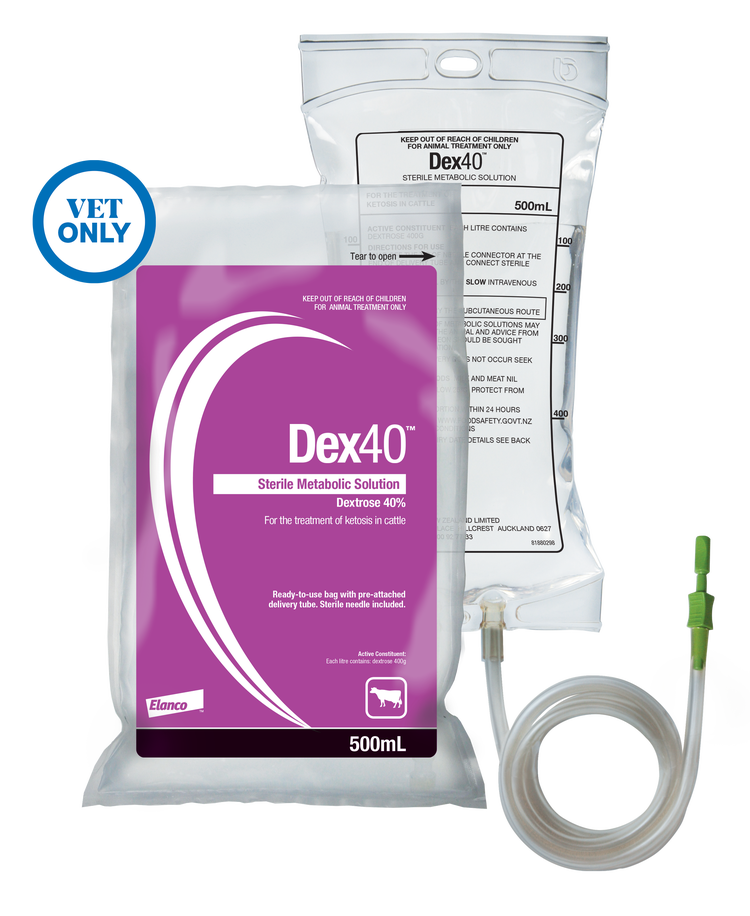
Dex40™
DEX40™ for the treatment of ketosis in cattle. Only available from your local veterinary clinic. For intravenous injection only.

Glucalmag™
Glucalmag™ for the treatment of milk fever and milk fever complicated by grass staggers in cattle.
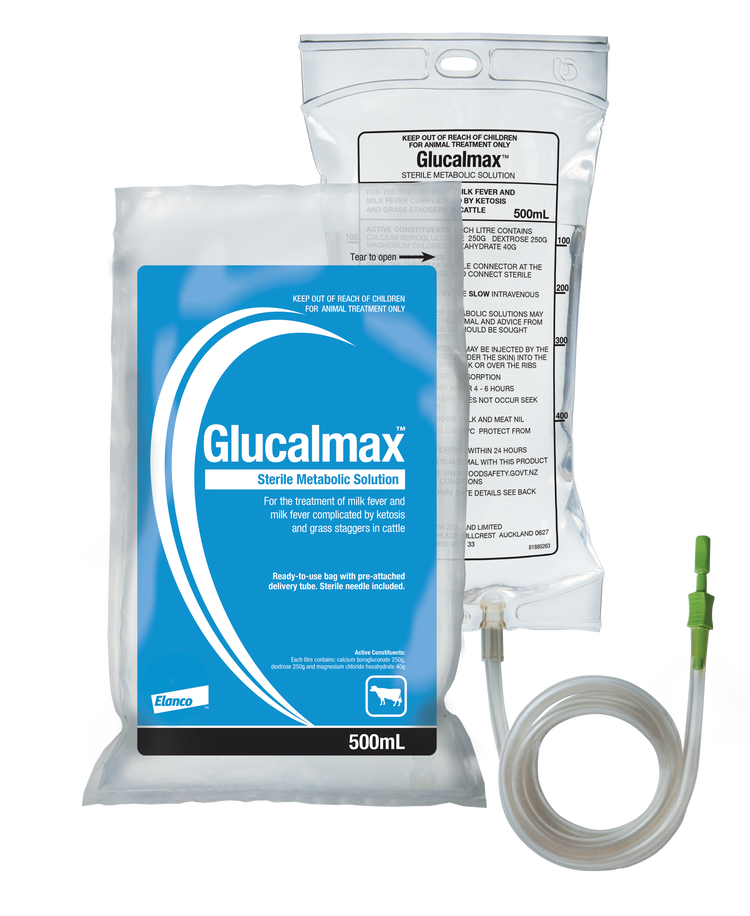
Glucalmax™
Glucalmax™
Glucalmax™ for the treatment of milk fever and milk fever complicated by ketosis and grass staggers in cattle.

Glucalphos™
Glucalphos™ for the treatment of milk fever in cattle and sheep, and milk fever complicated by ketosis and grass staggers in cattle.
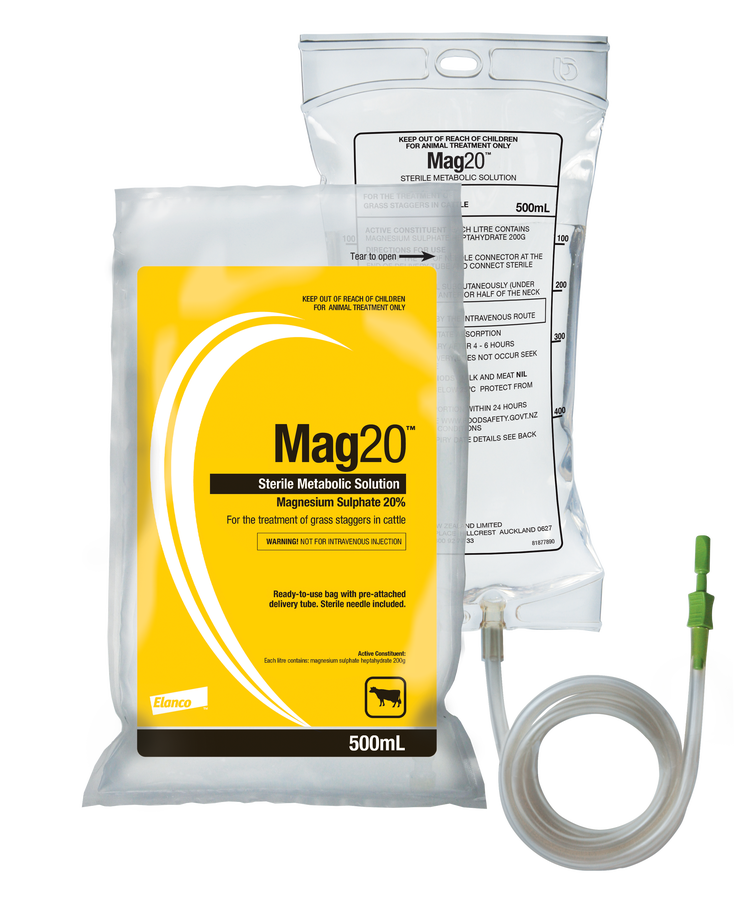
Mag20™
Oral Products
Oral supplement for sustained support.
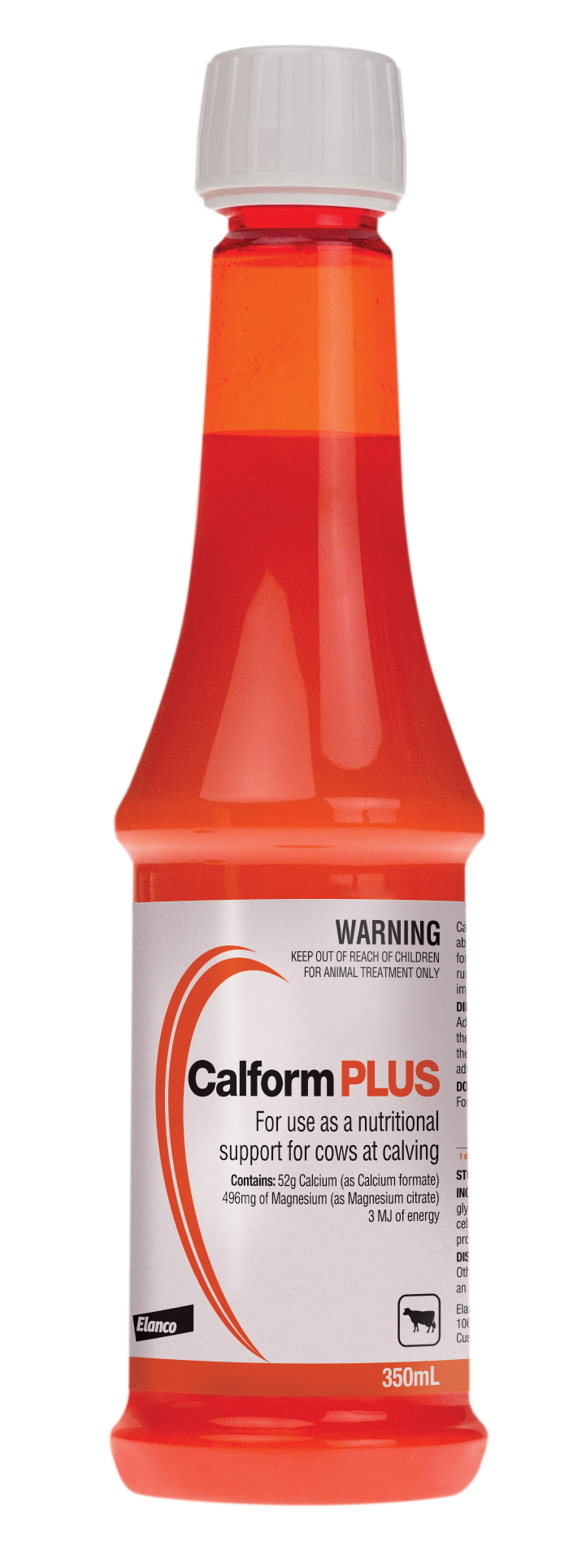
Calform™ PLUS

Calform™ Phosphorus
Calform™ Phosphorus for the supplementation of phosphorus and calcium in dairy cows at times of increased demand.
Available only through your local veterinary clinic
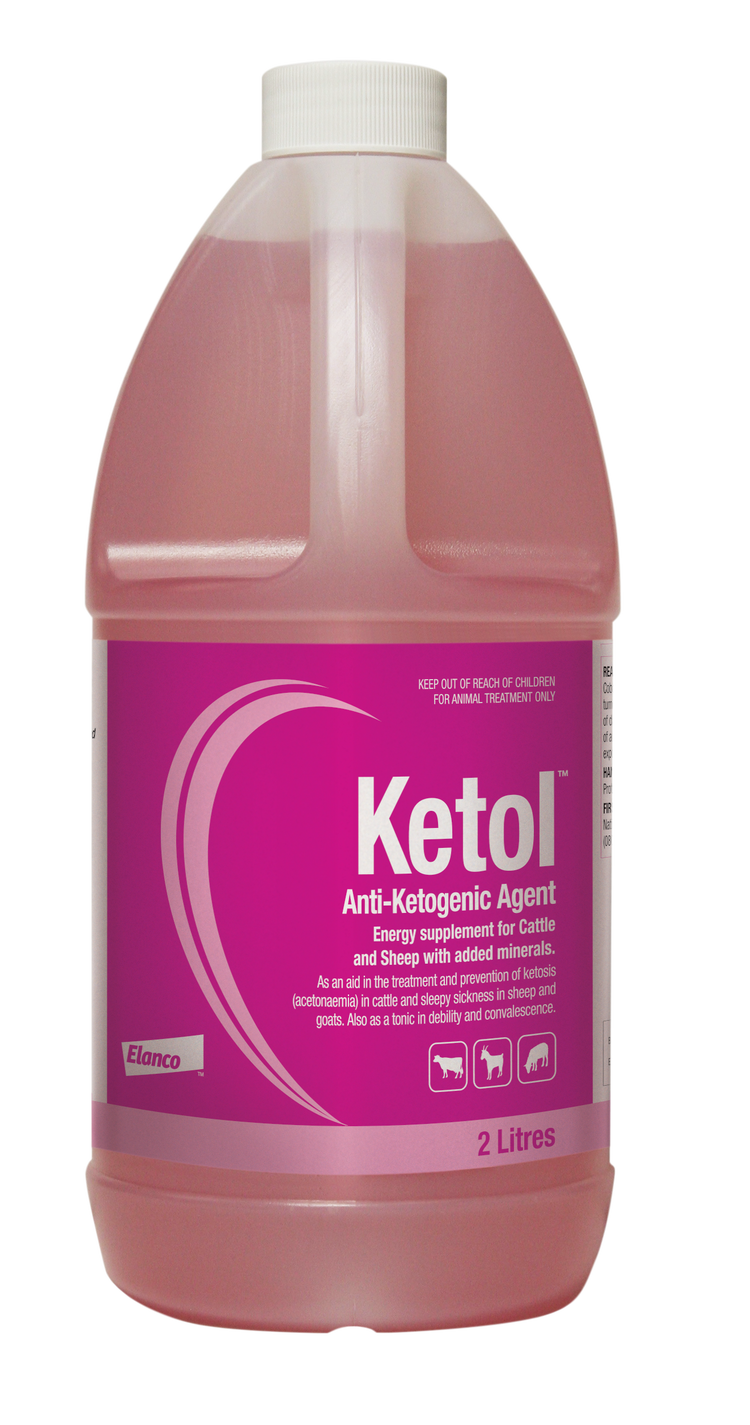
Ketol™
Ketol™ energy supplement for Cattle and Sheep with added minerals. As an aid in the treatment and prevention of ketosis (acetonaemia) in cattle and sleepy sickness in sheep and goats. Also as a tonic in debility and convalescence.

Ketol Xtra™
Ketol Xtra™ is a mineralised anti-ketogenic agent. As aid in the treatment and prevention of ketosis and hypomagnesaemia in cattle and sleepy sickness and hypomagnesaemia in sheep and goats. Only available from your local veterinary clinic.
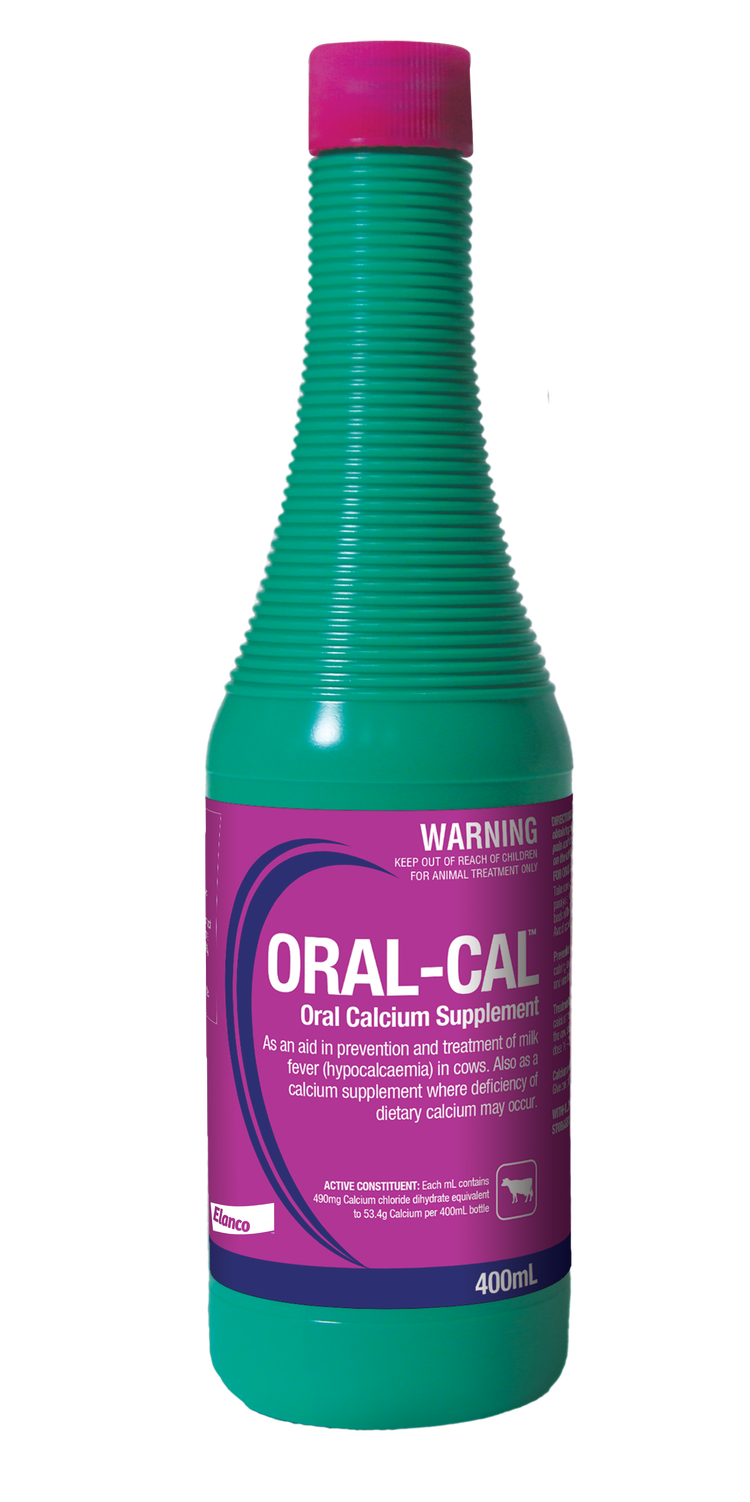
Oral Cal™
Oral Cal™ as an aid in prevention and treatment of milk fever (hypocalcaemia) in cows. Also as a calcium supplement where deficiency of dietary calcium may occur.
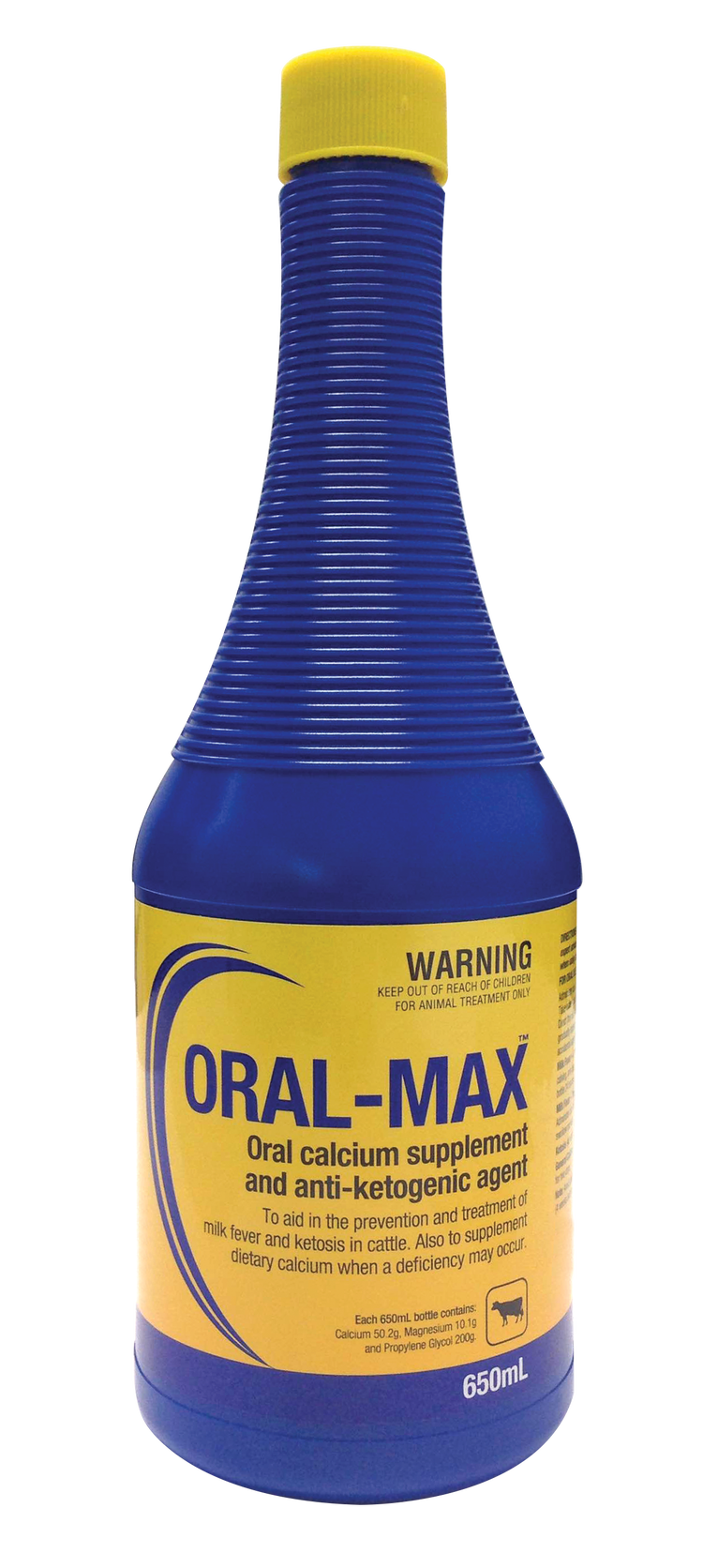
Oral-Max™
Oral-Max™ aids in the prevention and treatment of milk fever and ketosis in cattle. Also to supplement dietary calcium when a deficiency may occur.
- New Zealand Veterinary Journal 49(2), 60-67, 2001
- The Veterinary Journal 176 (2008) 50–57
- New Zealand Veterinary Journal 67(1), 12-19, 2019
Calpro 375, C.B.G 37.5, Calpromag, Glucalmax, Glucalphos, Glucalmag, Mag20, Dex40, Oral-Max, Oral-Cal, Ketol, Ketol Xtra, Calpro Bolus are registered under the ACVM Act 1997, No. A007110, No. A004633, No. A007111, No. A001441, No. A001442, No. A004047, No. A001448, No. A001450, No. A009642, No. A007669, No. A000110, No. A007226, No. A011667.
Calpro 375, C.B.G 37.5, Calpromag, Glucalmax, Glucalphos, Glucalmag, Mag20, Dex40, Oral-Max, Oral-Cal, Calform, Ketol, Ketol Xtra, Calpro Bolus, Elanco and the diagonal bar logo are trademarks of Elanco or its affiliates.

